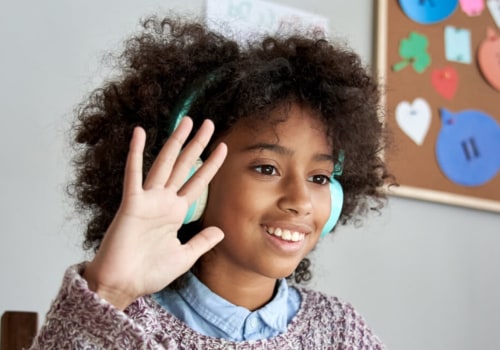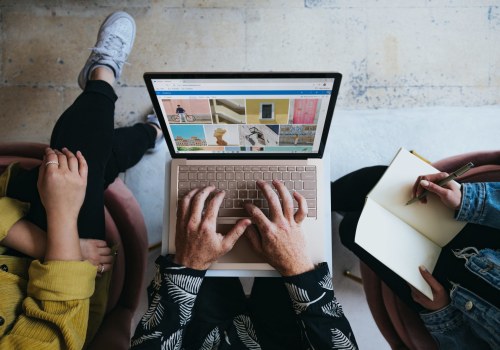Research has consistently demonstrated that students in private schools tend to achieve higher scores on standardized tests. The National Assessment of Educational Progress, often referred to as “the nation's report card,” evaluates public and private school students in mathematics, reading, science, and writing. Despite the evidence, there is still a common belief that private schools are superior to public schools. Data released by the National Association of Independent Schools (NAIS) and Gallup show that private school graduates have better long-term outcomes.
These data, combined with the results of the study mentioned above, raise the question of how much sense it makes to compare the performance of private and public schools when student populations are so different. Private schools also offer a higher level of security than public schools. In fact, private schools are almost twice as safe as public schools, and because there is a higher teacher-to-student ratio, the level of supervision is much higher. This allows any misbehavior to be quickly identified and addressed before it escalates. At first glance, some data appears to support this idea.
The National Association of Independent Schools and Gallup found that private schools tend to have a higher percentage of graduates going on to higher education, and they also tend to attend more selective colleges and universities. A new study also shows that overall, children who attended private schools performed better in almost every area of adolescence evaluated. This data is being used in new marketing materials to suggest that NAIS schools are superior to public schools. While smaller class sizes and more individualized teaching may seem attractive, private schools are not always the best for all students. Education in a private school may be suitable for some families, but it is not the best option for all children.
Read on to learn more about this study and how to make the right choice between private and public school education for your child. A final factor to consider when choosing between public and private schools is your child's unique educational needs. But private schools are not without their drawbacks; they are extremely expensive to attend, raising the argument that private schools further exacerbate inequality and do little to promote social mobility since only a few of the elite can afford them. Whether you can't afford private school or just think that public school is the best option, your job as a parent is still to give your child the best education possible. Independent schools are private, non-profit institutions governed by an independent board of trustees and supported primarily through tuition and contributions. This means that all public schools have special education programs with teachers trained to work with students with special needs, which may not be available in private schools. The Conchita Espinosa Academy is an independent, co-educational and fully accredited private school for grades K3 to 8.Approximately 29 percent of all students attending public schools receive publicly funded lunches, while only 6 percent of students in private schools receive such lunches and only 4 percent receive services from the On the other hand, private schools can provide resources children need to learn and thrive.
The overwhelming majority of American children attend and will attend public schools; privatization of public schools based on an inaccurate picture of private education will undermine both. In addition, many private schools receive public support for transportation and special education, generally do not pay property taxes and rely on private donors for contributions.



